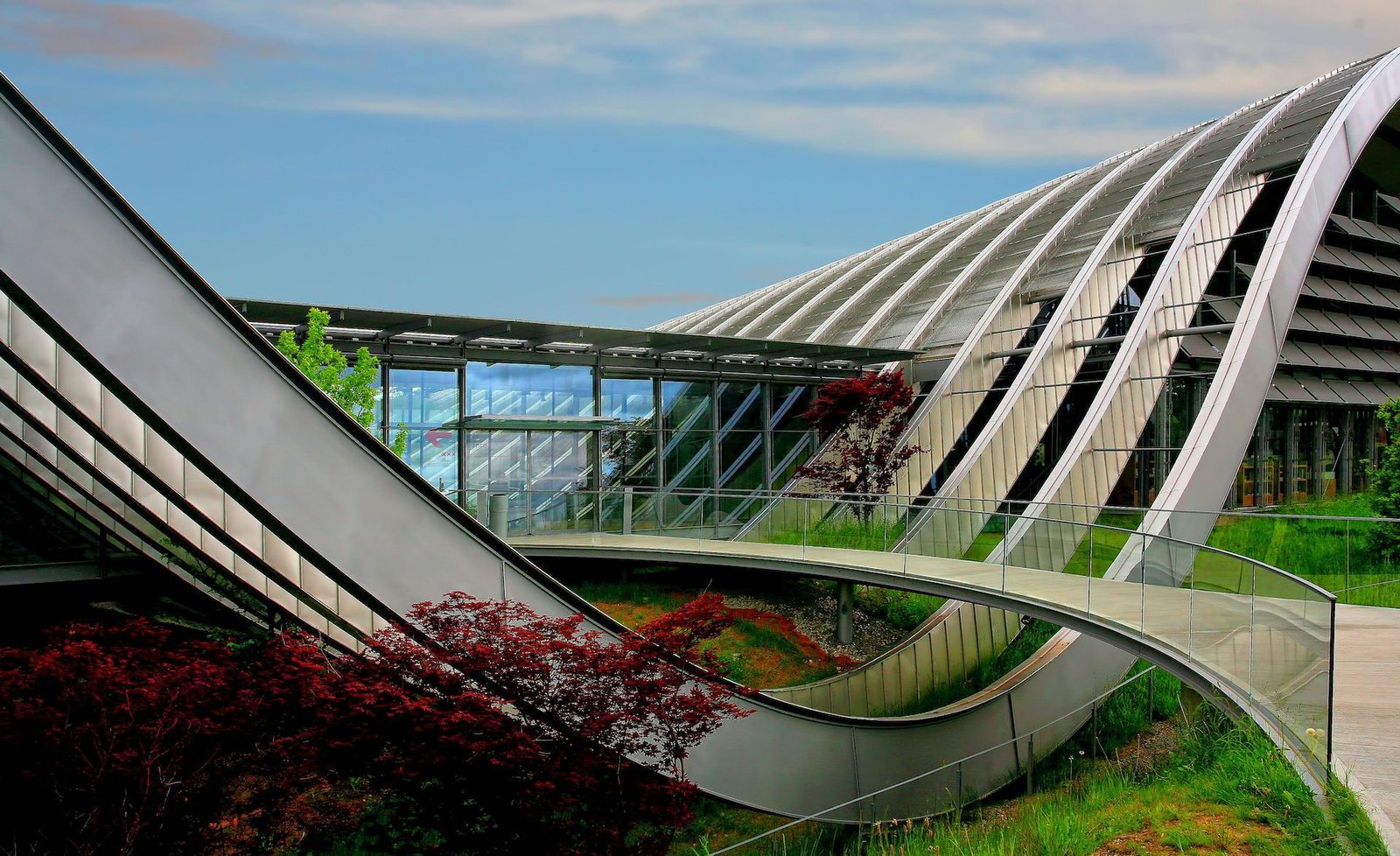
Wellness Architecture: An Innovative Approach to Healthier Living
With the trending interest in wellness in nearly all aspects of living and lifestyle, it’s no surprise that it has its own special niche in the field of wellness architecture. In a nutshell, wellness architecture is pretty much like its sounds – structures specifically designed to promote overall health and a sense of contentment, wholeness and being in alignment.
Wellness architecture inspires images of rustic cabins with grass-topped roofs overlooking a mirror-calm lake, expanses of cream-colored marble flooring at a luxurious spa, or a private home with large sliding glass windows and a spiral staircase. No matter what image it may inspire for you, wellness architecture involves a dynamic relationship between the space and the surroundings as well as a keen awareness of symmetry and movement.
In recent years, wellness design has become more and more popular in both residential and commercial projects, especially in light of the growing awareness of nature and the environment in terms of sustainability. Wellness architecture focuses on the relationship between the natural environment and the structures built within it, and there should be a cohesive harmony that inspires well-being for the residents or visitors. The spaces featuring wellness design are generally comfortable and relaxing, and highlight a connection to nature.
Table of Contents
ToggleKey Features of Wellness Design
As the purpose of wellness design and wellness architecture is to promote health and holistic well-being, ways to promote physical, mental, emotional and spiritual health are at its foundation. Wellness architects take different practical aspects of building a structure into careful consideration, such as the airflow and quality, sense of space, temperature regulation, lighting and connections to nature. When these elements are in alignment and have a harmonious flow, it significantly impacts the building’s residents in a positive way.
Airflow and quality are essential to good health, and clean air is an important sign of a healthy natural environment. Parallel to this concept, the breath is a vital tool in meditation and awareness, if not the most important factor of all. Breathing is also critical to every aspect of health, whether mental, physical, or emotional.
Movement is another essential factor in feeling good and healthy, and wellness architecture takes this into consideration by creating spaces that reflect dynamism and movement in their design as well as having open expanses for a free range of movement. Being within a comfortable temperature range instills comfort and relaxation – it can be difficult to feel at ease if you are too hot or too cold. Thermal regulation in wellness architecture is accounted for with the appropriate heating or cooling systems.
Sensitivity to the Natural Environment
Designs typical of wellness architecture commonly incorporate the surrounding natural environment into the overall plan, whether this means a stunning view from a main hall or bedroom, being close to a body of water or including a pool or jacuzzi, or even a very luxurious shower, as well as other nature-inspired features. There are often cozy corners or alcoves as well as quality lighting so that the structure can be well-lit or have the appropriate mood lighting. Soundproofing is another structural feature that helps to improve acoustics and reduce noise levels to promote a peaceful and calm environment.
The environment significantly affects us to the degree that some claim that we are a product of our environment. From time immemorial, people have had to be aware of their surroundings in order to survive, and wired into the human consciousness is an innate sensitivity to the surrounding environment. When essentials like safety and security are present in a particular environment, we tend to feel much more relaxed and at ease.
Humans also have a penchant to seek out comfortable places, like a soft place to rest or comfortable temperatures. Aesthetic comforts are preferential and depend upon familiarity – while some people just love to be surrounded by bookshelf after bookshelf of old classics, others find solace in simplicity and minimalism.
How Our Environment Affects Us
Depending on the type of environment and how comfortable people feel while in it, it can either serve to inspire or discourage social interactions. For example, a comfy living room with warm lighting, plush sofas, fluffy throws and a crackling fireplace can encourage family members to sit down and share stories with one another.
Along similar lines, local surroundings can influence behavioral patterns and motivation to act – if a kitchen is sparkling clean, most people would look to put a used cup in an appropriate space, while in a dirty and messy locker room, visitors might not think twice about adding a used towel to a growing heap on the floor.
In certain areas of the world like in the Nordic countries, the winter months have very little sun with some places having complete darkness. Many of the residents have mood changes and can become depressed, anxious, or have lower energy when there is not as much sunlight. Interior lighting can have a similar effect – warm, soft lighting can be more soothing than industrial fluorescent lighting. Lighting and other structural features have a considerable impact on health, and the natural environment and architecture can both play a big part in the way they make us feel. Stress is a significant medical concern, and creating an environment that promotes relaxation and reduces stress can have an enormous impact.





